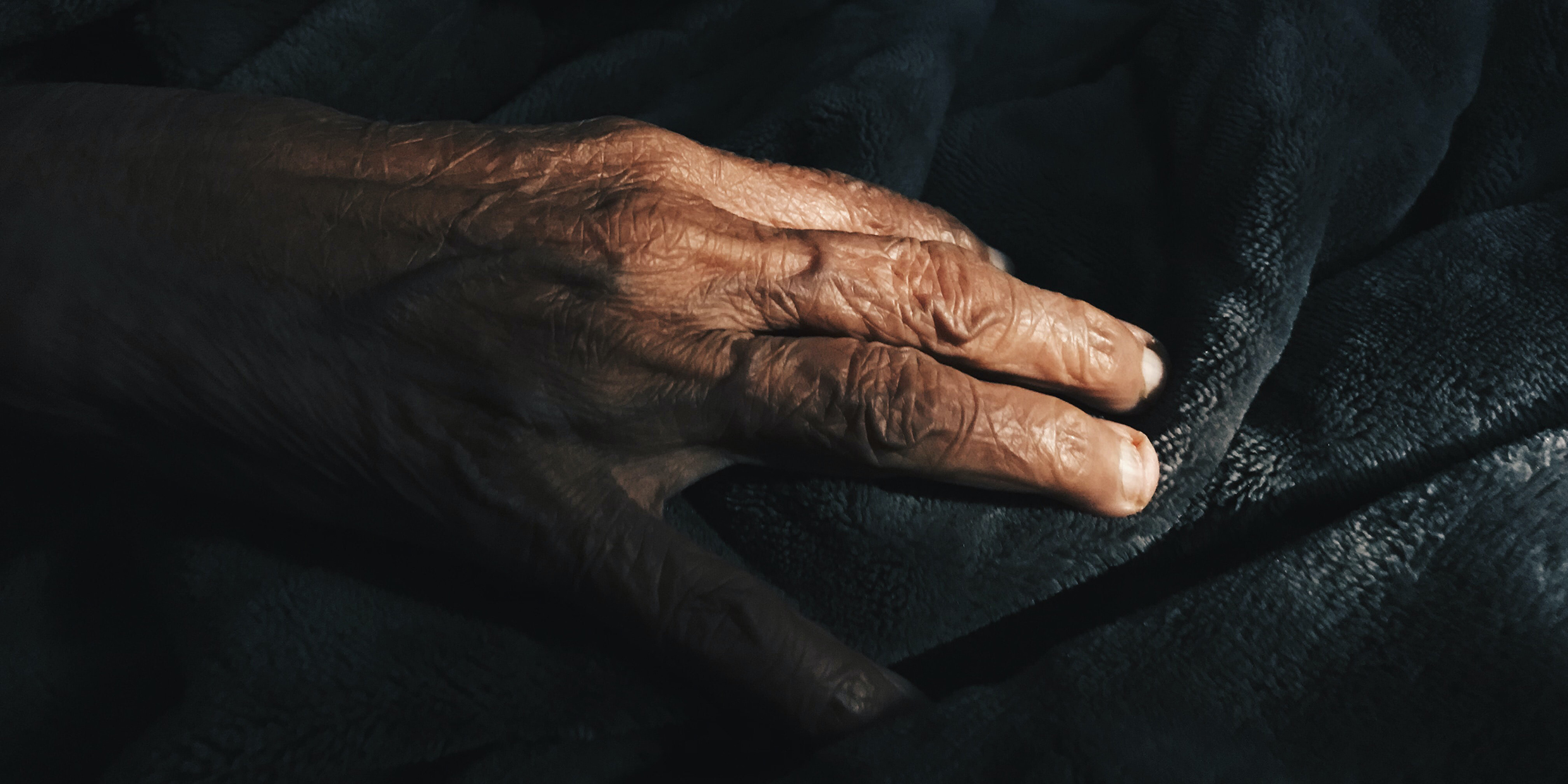Originally published 9 October 1995
This is the tale of the disposable soma.
It’s not exactly a pleasant tale, especially if you are on the silver side of fifty.
The cells in our bodies are divided by biologists into two types: germ cells (eggs and sperm), whose purpose is to pass on an individual’s genes from generation to generation, and somatic cells (everything else).
Somatic cells make up the great bulk of an organism — brain, heart, eyelashes, toenails, etc. They are collectively called the soma, from the Latin word for body. In the evolutionary scheme of things, their purpose is nothing more than to help the germ cells achieve their reproductive purpose.
At first blush, this is a profoundly depressing thought. After all, the soma constitutes most of what we think of as ourselves. But remember, the first thing God said to Adam and Eve wasn’t “Go forth and shop,” nor was it “Go forth and win Megabucks,” nor was it even “Go forth and live a long and healthy life.” What he said was “Go forth and multiply.”
The author of Genesis got it right as far as evolutionary biology is concerned. We’re here to pass on the genes, and that’s it. Once the reproductive years are past, our bodies become, in the words of biologist Thomas Kirkwood of the University of Manchester, the “disposable soma.”
That’s the unpleasant part. Kirkwood’s depressing phrase evokes the body as a throwaway Kleenex or Dixie cup. Not a particularly edifying self-image.
But the reality is, natural selection favors those traits that enable an organism to successfully pass on its genes to the next generation. Any mutation that enhances an organism’s post-reproductive life — changes leading to a long, healthy old age, for instance — can only be favored by natural selection indirectly, if at all. To put it bluntly, post-reproductive success has no genetic pay-off.
But there is an even more powerful factor working against oldsters. For most organisms the world is a hazardous place, full of predators, disease, and possibilities of accident. Merely surviving to reproductive age is a challenge. Few individuals survive long enough to die a natural death.
Automobile manufacturers would hardly bother to design a machine that will run reliably for 200,000 miles if chaotic conditions on the road made it highly likely that the car will be totaled by accident within the first 50,000 miles. Evolution, apparently, takes the same approach. Our bodies are designed to last about as long as our pre-human ancestors could expect to survive.
As biologist Leonard Hayflick said in a [1995] issue of Nature, old age is an artifact of human civilization. Advances in technology have eliminated the danger of non-human predators. Modern medicine has conquered many of the diseases that used to decimate human populations. Even death by war seems to be a diminishing threat — Margaret Mead once defined civilization as the widening of the circle of those whom we do not kill.
In other words, large numbers of people in the developed countries are living long after their peak reproductive years, and they are basically doing it with Dixie-cup somas. Evolution has given us precious little help.
But if aging is an artifact of civilization, then so is our ability to do something about it. Humans are no mere playthings of selfish genes. We are not prisoners of our biological destiny. If we are clever enough to figure out how to stay alive long after our selfish genes would wish us dead, we can also figure out how to do it with reasonable gusto.
And, let’s face it, oldsters have the political and economic clout to make it happen.
Biogerontology — the study of aging — is suddenly a hot field of research. Scientists are discovering what makes us age, and thinking about ways to slow or reverse the aging process.
It is not inconceivable that in the future we might live to a ripe old age without wrinkles, gray hair, and the other decrepitudes that afflict us now. How old? Who can say? Once we start tinkering with the genes that make us age, anything seems possible.
Of course, hankering for technological immortality raises stupendous social and ethical issues that society may not be prepared to answer wisely.
Is aging a pathology, or an intrinsic part of the human condition? Does aging confer yet unrecognized benefits upon the individual or species? If we can genetically engineer a kind of immortality, should we choose to do so?
Even asking such questions shows to what extent we have escaped the single-minded calculus of natural selection.
The disposable soma strikes back.



